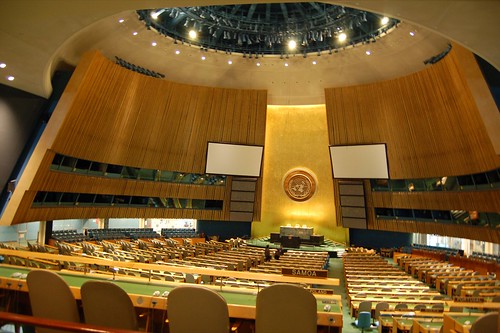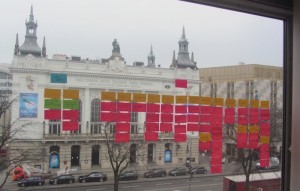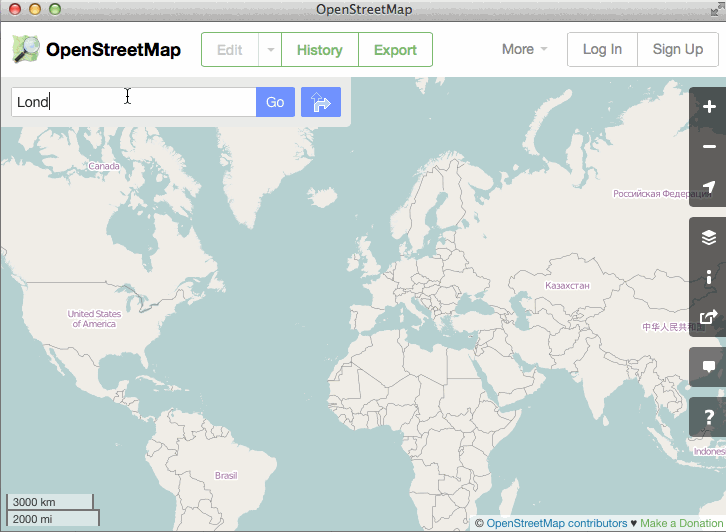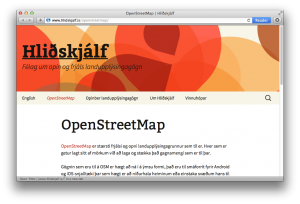The OpenStreetMap Foundation has been organising the annual State of the Map (SotM) conference since 2007. These events have proved popular with our community and beyond, and have grown from a few dozen attendees to a high of 300 attendees at SotM 2013. This year we had two good bids to host SotM 2015, but issues beyond our control caused concerns about whether we could make this into a success. The SotM working group, with the support of the OSMF board, has therefore agreed that there will be no OSM Foundation organised conference this year.
As the OpenStreetMap community has grown over the last 10 years, so has the conference scene. Even without OSMF organising a conference this year, there will still be a number of OSM-centered conferences, including SotM US at the UN’s New York headquarters in June, and SotM-Scotland in October. There are also many webinars, mapping parties, hack events and socials planned for 2015.

SotM-US will be held at the UN headquarters in New York, 6-8 June 2015
(image CC-BY 2.0 Dan McKay)
The StateoftheMap Organizing Committee has taken on a number of new members to support our efforts in 2015, 2016 and beyond. We are currently drafting a proposal on the future of SotM in which we are looking at the role of SotM within the project and how the OSMF SotM relates to the various regional events. We already have some views but we encourage you to share yours in the comments below.
Preparations for State of the Map 2016 will be starting soon and we encourage local groups who may be interested in hosting SotM in their home country to contact us early.
Blog post by the StateoftheMap Organizing Committee



